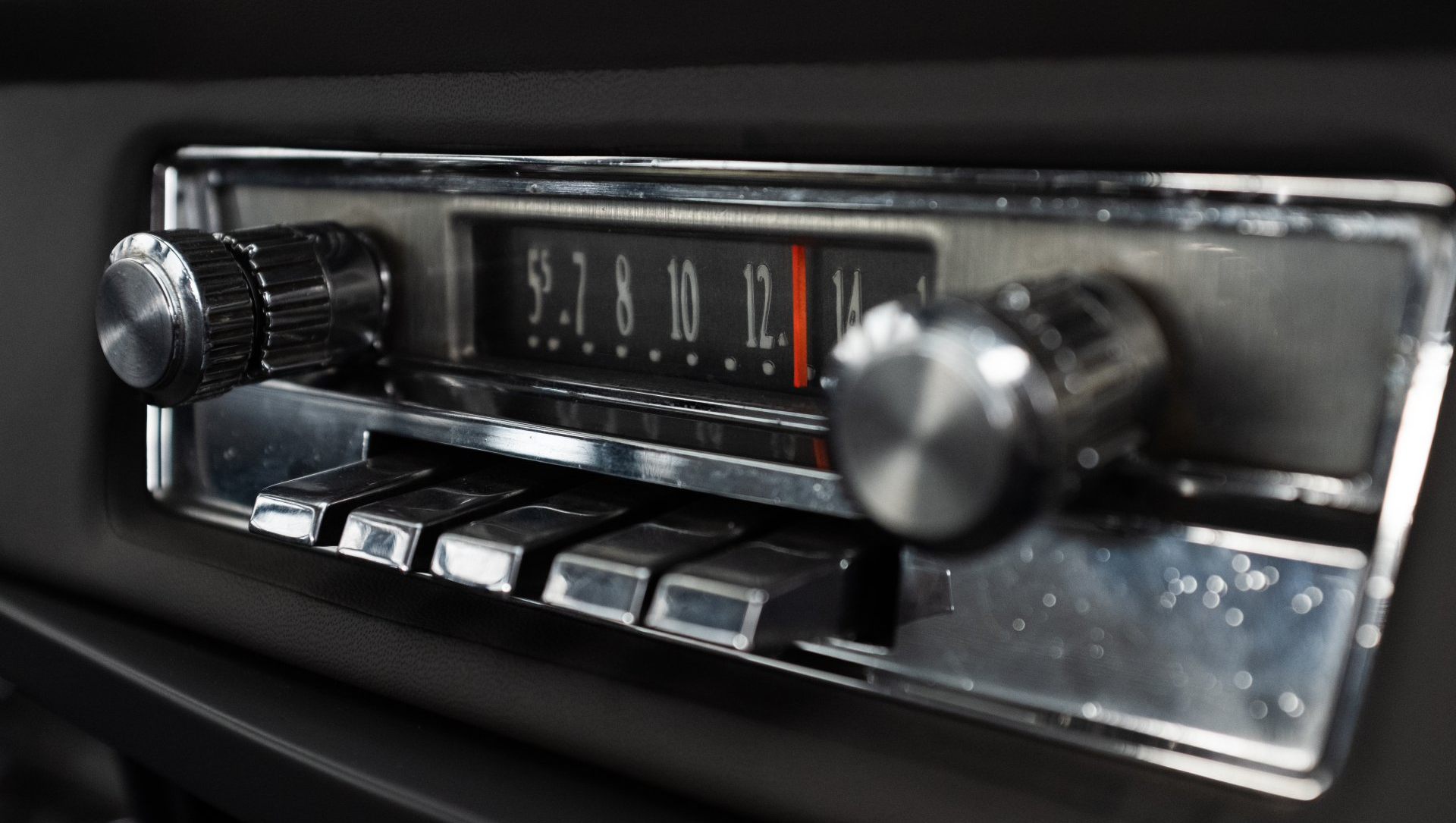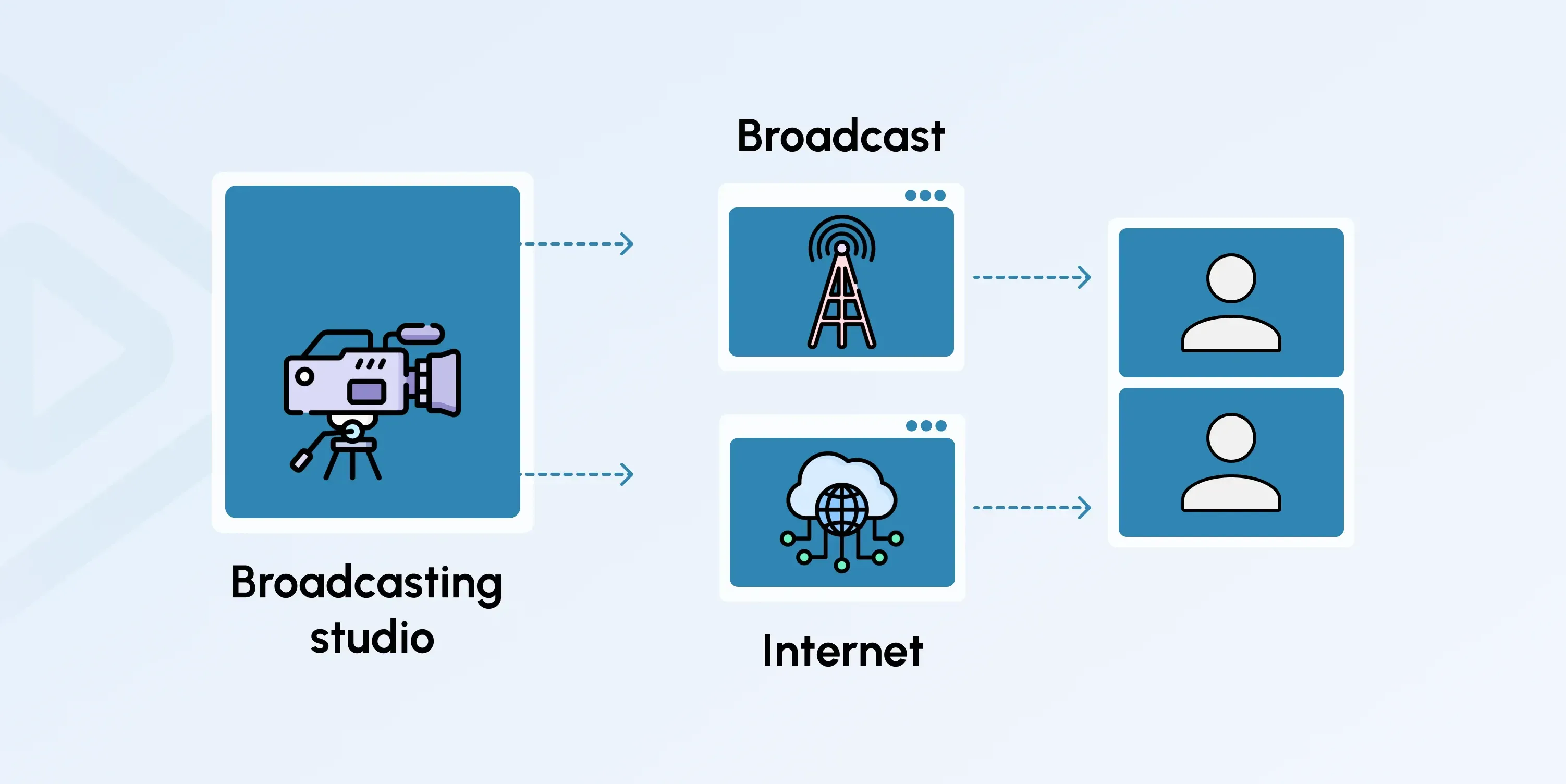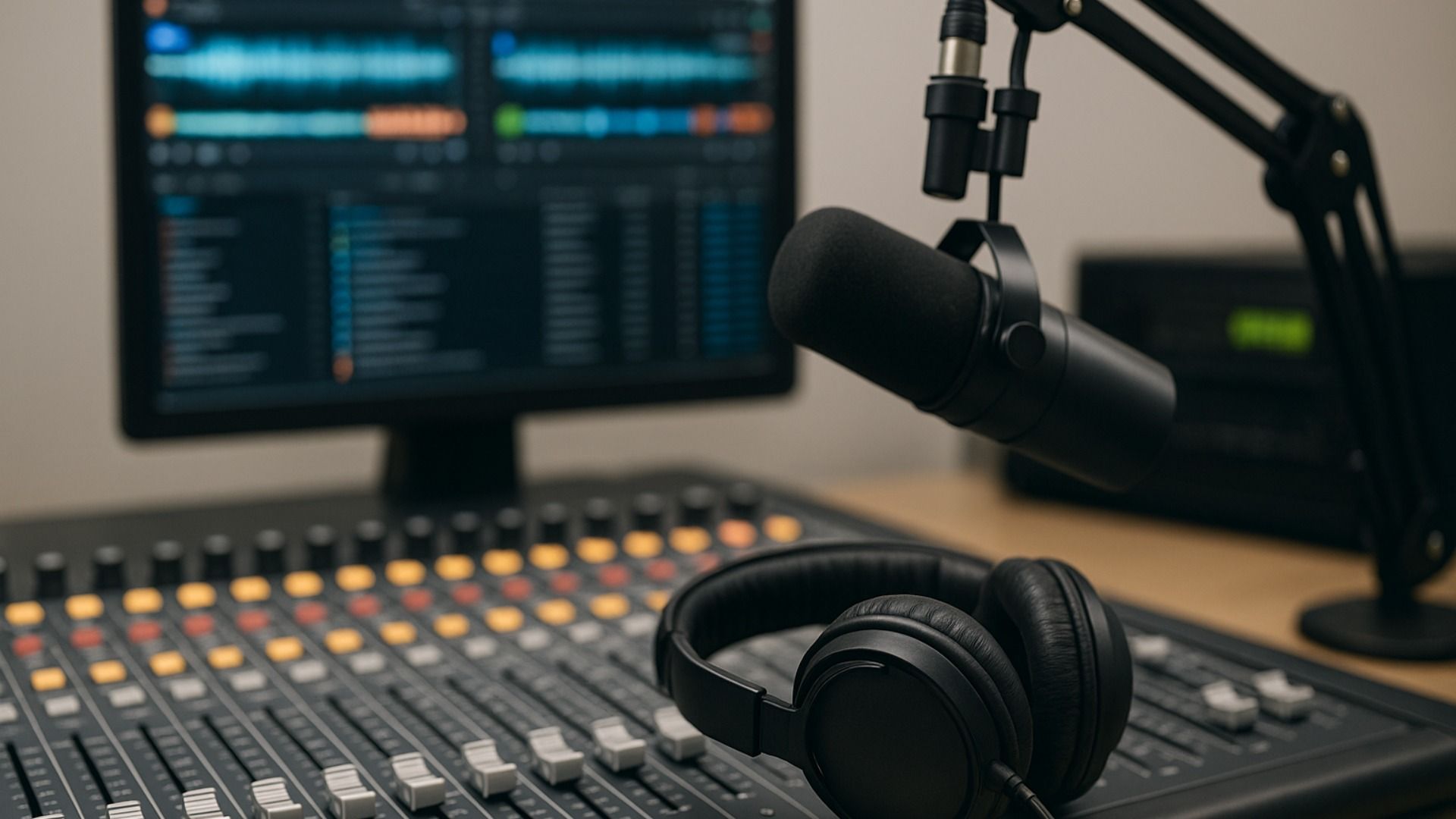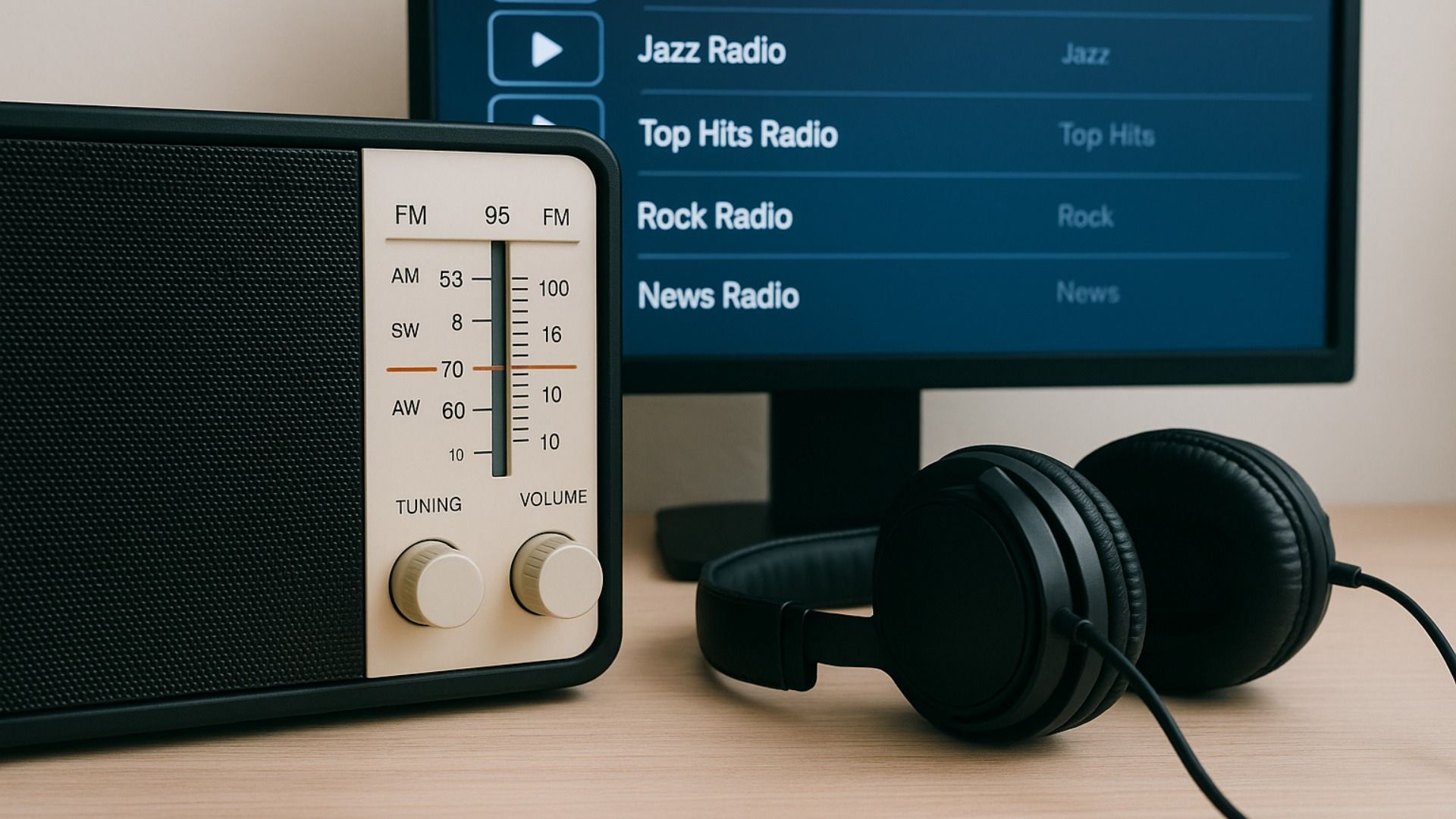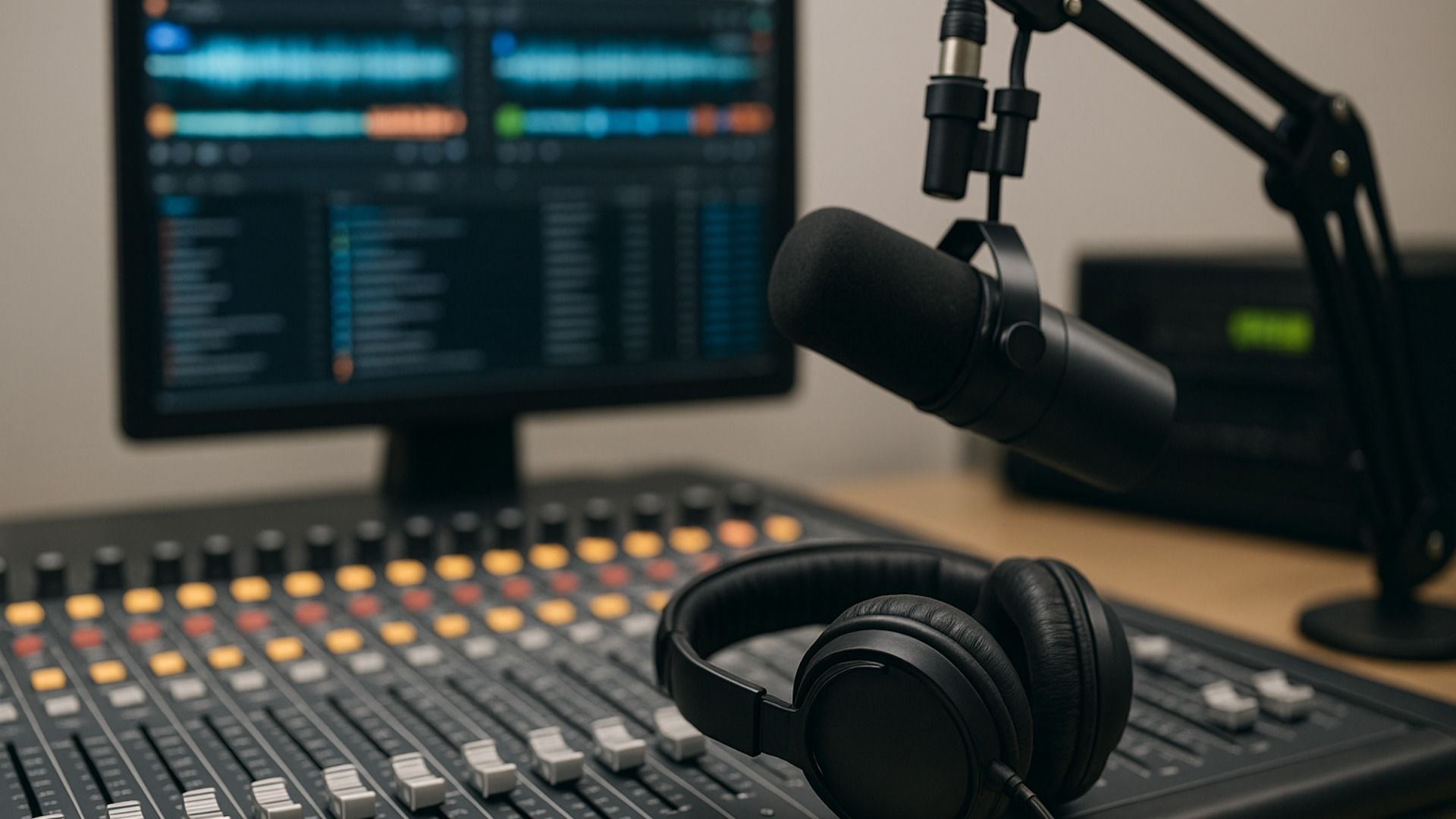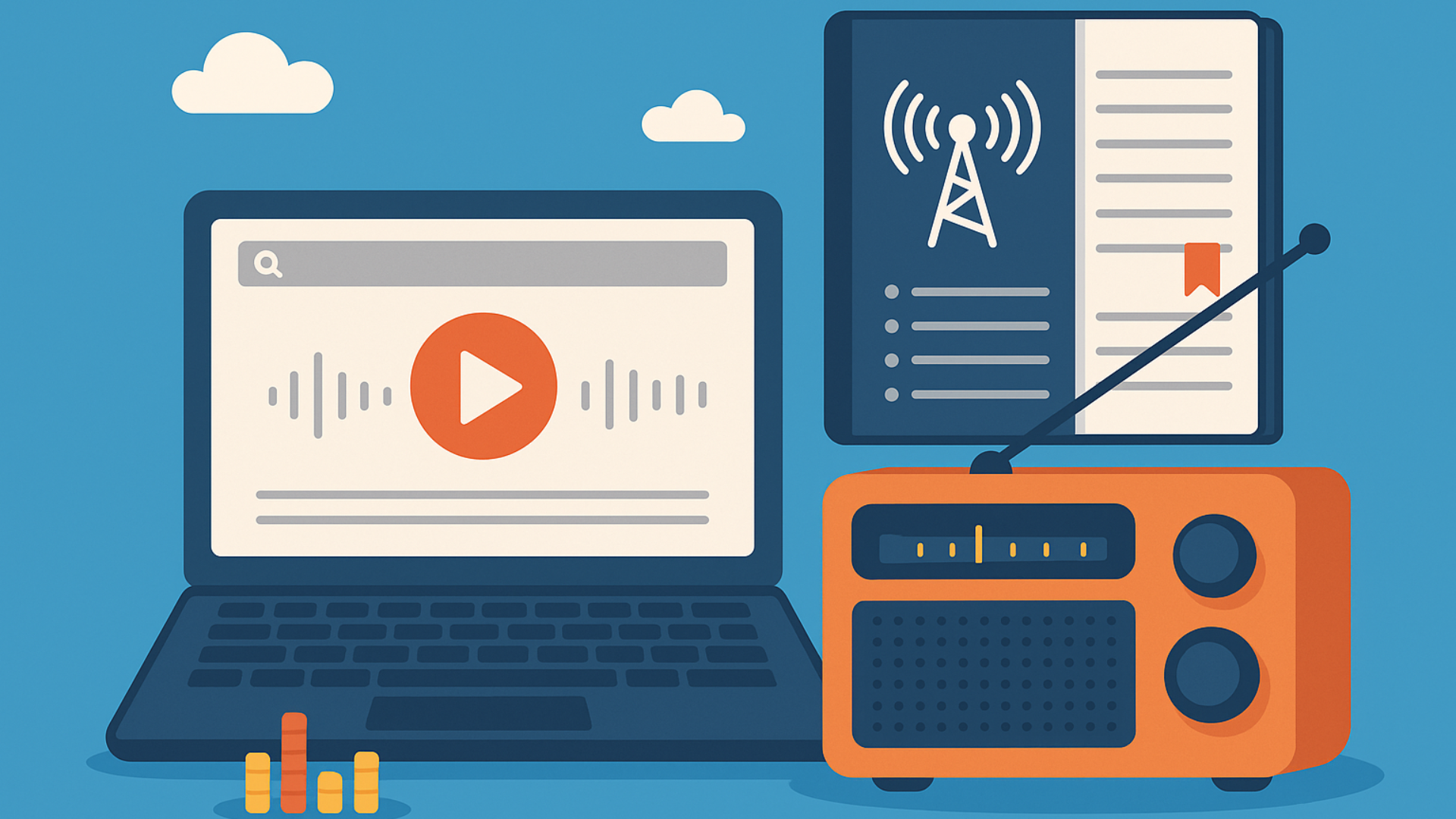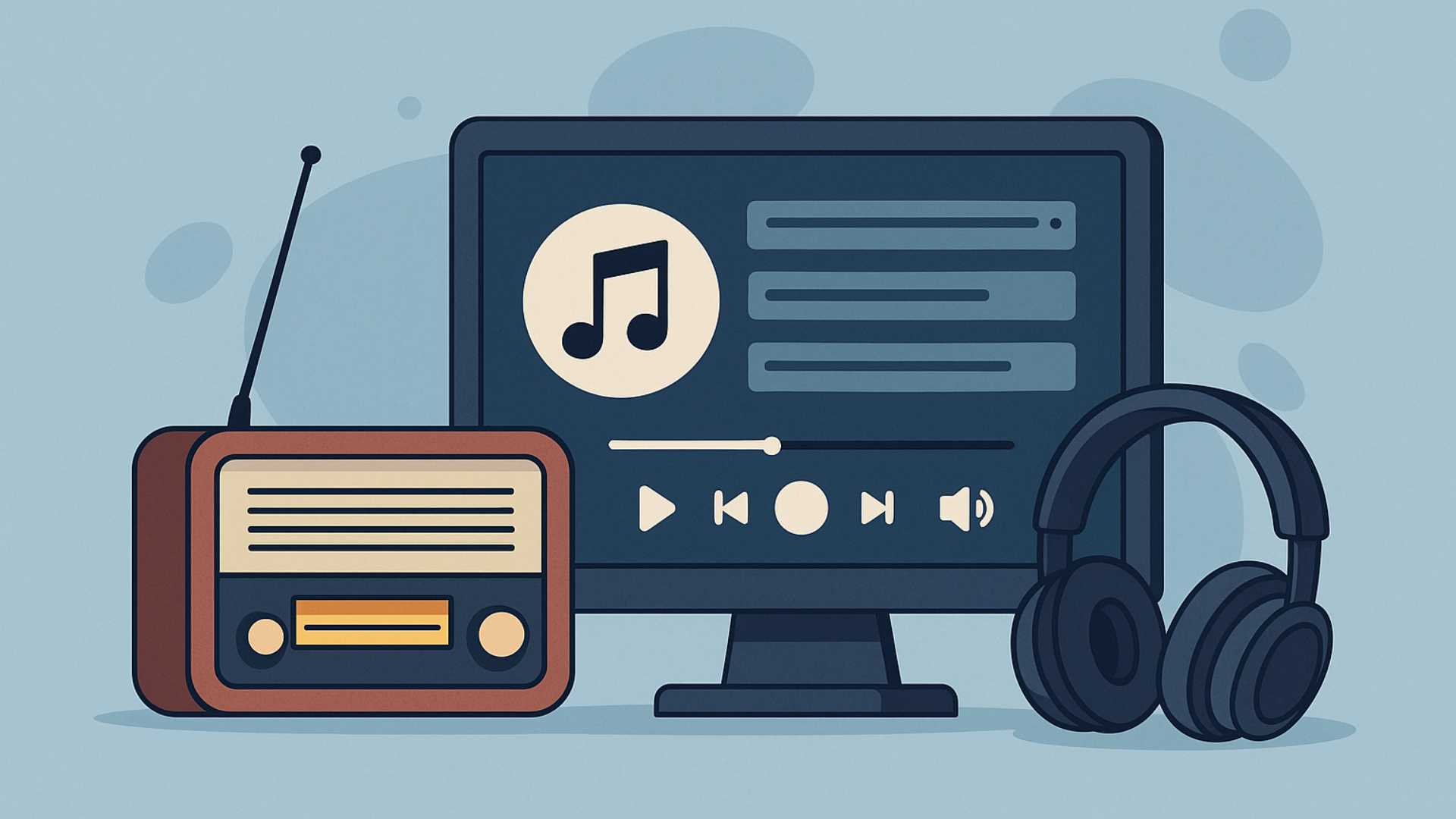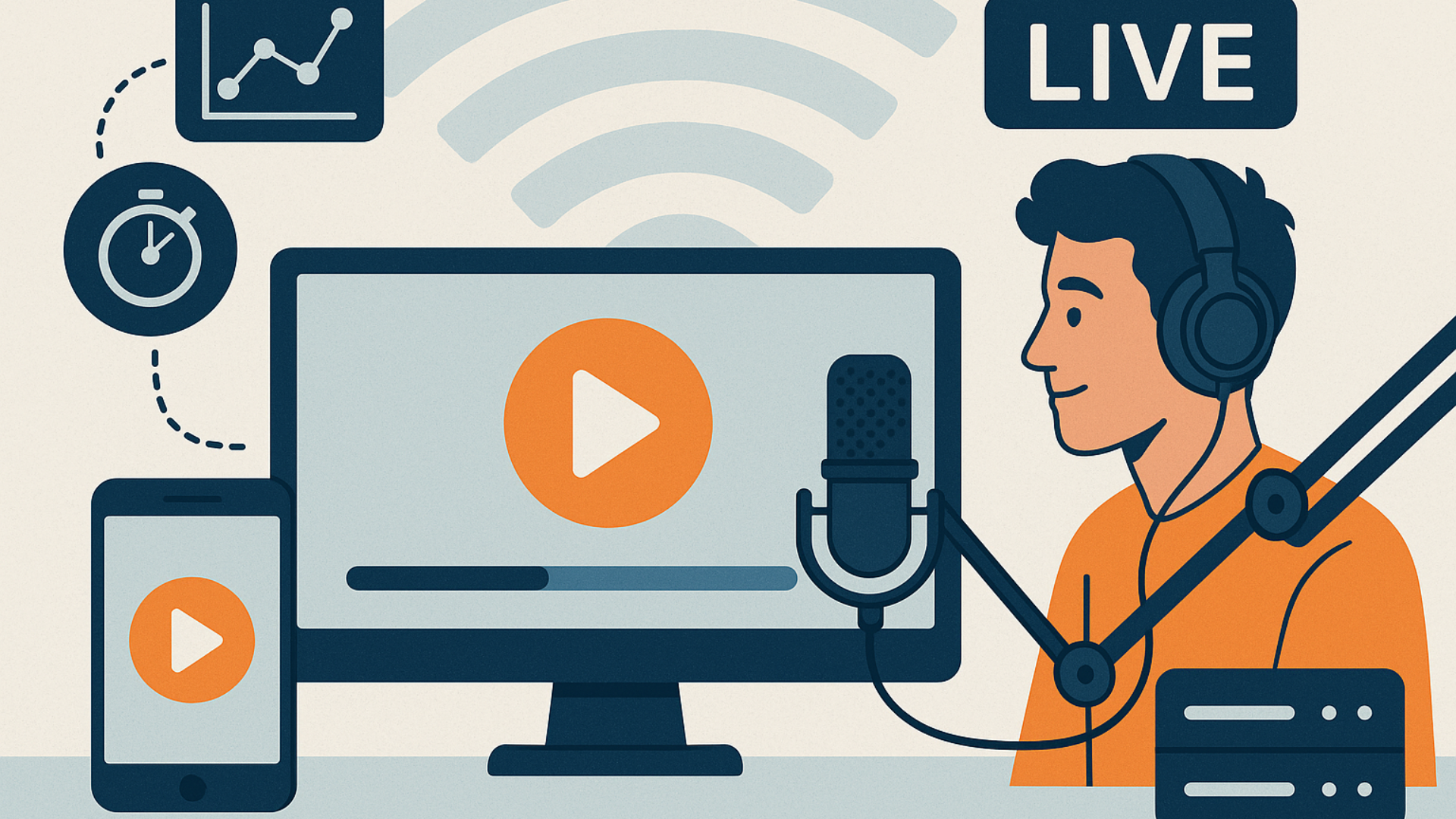AM, FM, Digital, and Online Radio Station: What are the Key Differences?
AM, FM, Digital, and Online Radio Station: What are the Key Differences?
You might have come across a variety of terms in the world of radio broadcasting — FM, AM, digital, and internet radio are the most common ones. Radio broadcasting has come across multiple technological breakthroughs, and all these terms signal this evolution. Let us analyze what these terms mean and the ideal broadcasting type for radio broadcasters around the globe.
AM vs. FM
To understand what AM and FM mean, we will have to examine how radio functions.
For radio transmission, the sound signal travels through electromagnetic waves, also known as radio waves. Once the signal is transmitted through the transmitter, a device receives the signal, allowing the listeners to listen to the broadcast. These radio waves have a certain speed, length, and frequency, and the receiver is tuned to the frequency of these waves.
The latter has to be added onto a radio wave to broadcast a specific program, which is then called a carrier wave. When the program alters the frequency of the carrier wave, it is known as frequency modulation (FM). In contrast, when the program alters the amplitude — or the size — of the carrier wave, it is called amplitude modulation (AM).
All about digital radio
The advent of digital radios dates back to 1995, and these were considered superior to the AM and FM radios. They allowed a relatively high-quality broadcast and functioned by transmitting a data package that the receiver received and converted to audio. In digital radio, the audio is never sent all at once; instead, it is converted to digital information that is compressed and sent in pieces. Apart from its revolutionary transmission, the digital radio was lauded for its cost-effectiveness.
Unfortunately, the digital method of transmission is not free of malfunctions. One of its biggest drawbacks is that the signal can get lost completely. Besides, there is a delay in the transmission, as the digital information is sent in pieces and must be re-constructed before being listened to.
Digital vs. Internet radio
There is yet another variation that we need to address. As many may assume, digital radio is not synonymous with internet radio. While digital radios do not require an internet connection, the latter is indispensable for the optimum performance of an online radio station.
In online radio, the stream of data is received through an internet connection using a computer, and a transmitter is not required. The audio stream is constantly uploaded to a broadcasting server, which can be heard by listeners all over the globe connected to the server. Online radio surpasses digital radio. The former has a broader outreach — anyone with an internet connection can tune it to listen — and is not vulnerable to signal interference. Secondly, setting up an internet radio station is pocket-friendly and requires basic hardware and software knowledge.
Be it FM, AM, or digital radio, online radio beats all of them in terms of accessibility, ease of installation, audio quality, and cost-efficiency. If you plan to set up your internet radio station, RadioBash is here to offer you a hassle-free experience and top-notch audio broadcasting services. We offer competent audio stream hosting servers in the US. If you are ready to get started, fill out our online form with your contact information, and we will get back to you.

